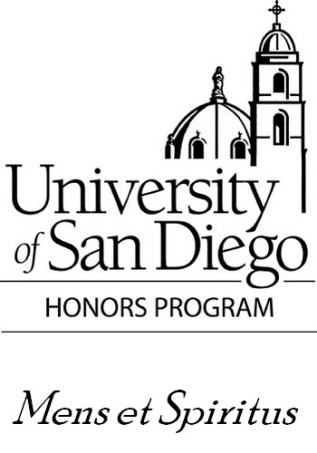Date of Award
Spring 5-4-2024
Document Type
Undergraduate Honors Thesis
Degree Name
Bachelor of Arts in Biology
Department
Biology
Advisor
Dr. Cawa Tran, PhD
Abstract
Coral reefs house 1/3 of all marine life but are threatened by bleaching events in which they lose photosynthetic algae key to their survival. Complicating the issue of coral diseases are marine pathogens, which both trigger bleaching and destroy corals weakened by bleaching. For unbleached corals, it has been shown that exposure of the gut during feeding may present an entryway for pathogens. However, while the relationship between eating and disease is understood in unbleached corals, it is essential to understand if this relationship changes after bleaching. The anemone Exaiptasia diaphana is used for studying coral diseases due to its relatedness to corals. We used a fluorescent strain of the coral pathogen Vibrio alginolyticus to track pathogen establishment in aposymbiotic (i.e., bleached) and symbiotic (i.e., unbleached) anemones. Anemones were exposed to V. alginolyticus by (i) water exposure, (ii) water exposure with prey (brine shrimp larvae), or (iii) prey infected with the pathogen. Feeding activity did not significantly impact pathogen establishment in aposymbiotic nor symbiotic anemones. However, only anemones fed during exposure yielded fluorescent V. alginolyticus colonies. This suggests eating may present an entryway for pathogens, but that it is not the only possibility. This study emphasizes the importance of the relationship between eating and disease to the future of coral conservation research.
Digital USD Citation
Jacobs Walker, Aidan, "Effect of Feeding Activity on the Colonization of the Pathogen Vibrio alginolyticus in the Anemone Exaiptasia diaphana" (2024). Undergraduate Honors Theses. 133.
https://digital.sandiego.edu/honors_theses/133
Copyright
Copyright held by the author


